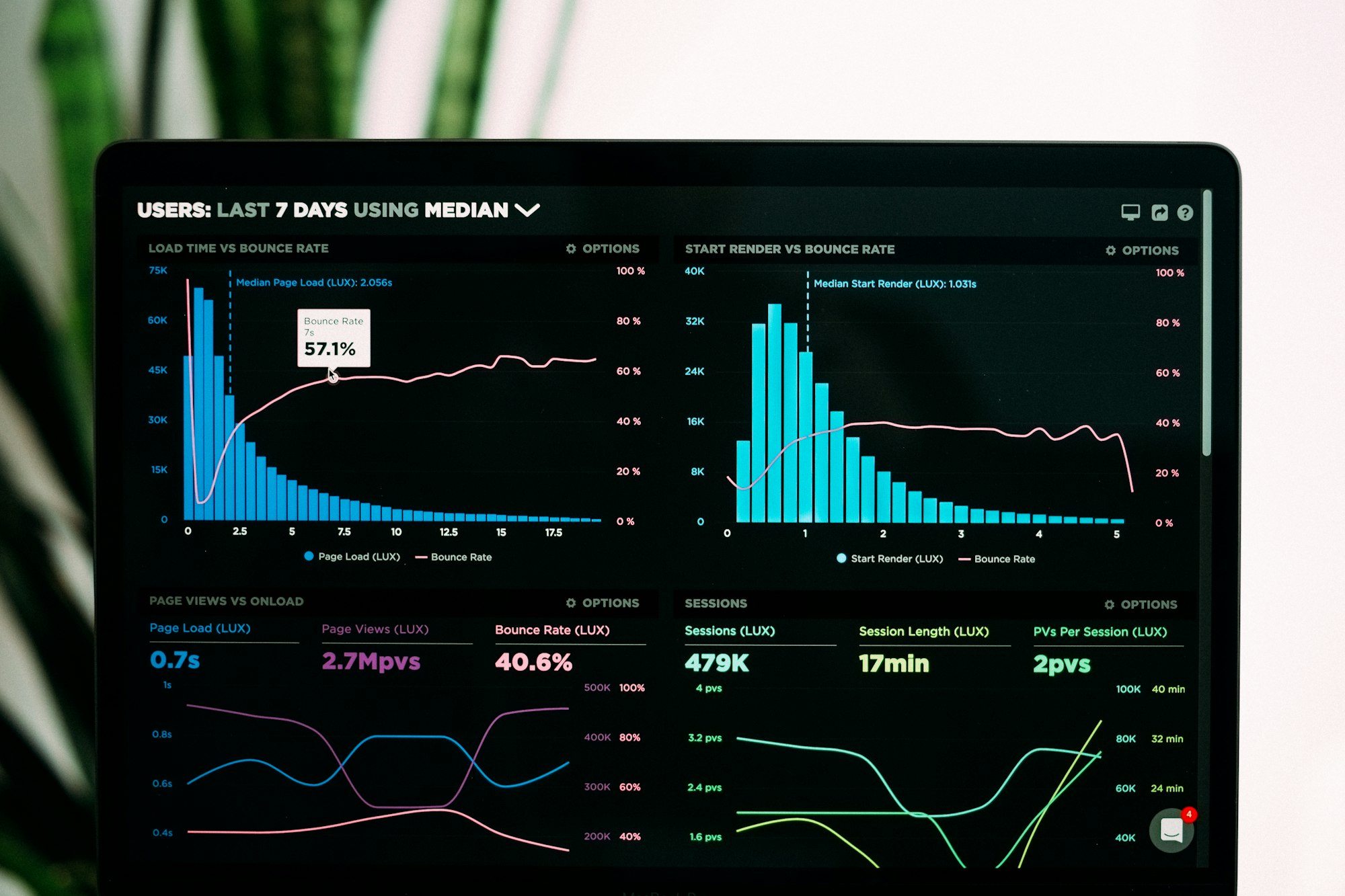Why Is Power BI Important for Data Analysts?

Data is pivotal to any business, making it the responsibility of a data analyst to analyze and come up with accurate interpretations. To do this task effectively, tools like Microsoft Power BI are needed.
Microsoft Power BI is a powerful tool that empowers data scientists and analysts to transform data sets into engaging, interactive, and insightful reports, dashboards, and visuals that can be used to track actionable decisions.
In this article, we will explore why Power BI is essential to data analysts to drive success.

Who is a Data Analyst?
A Data Analyst is a professional who uses data to inform business decisions. They process and analyze large sets of data to identify trends, patterns, and insights that can help organizations make more informed decisions.
Why is PowerBI important for a Data Analyst?
- Data Visualization
Power BI empowers you to create interactive visual reports and dashboards with ease. Its intuitive interface allows the creation of dynamic visualizations, which enables you to convey information effectively and make data-driven recommendations that resonate with decision-makers. So as a data analyst, it is your responsibility to translate complex data into understandable insights for stakeholders.
- Data Integration
Power BI simplifies the process of data integration by offering seamless connectivity to various data sources. Data analysts often work with data from multiple sources, ranging from spreadsheets to databases and cloud services. Whether it's pulling data from SQL databases, Excel files, or online services like Google Analytics, the tool connects multiple tabular databases with a host of other tools and systems to make importing and exporting data, dashboards, and reports as simple and fast as possible.
- Advanced Analytics
Beyond basic reporting, Power BI analytics dashboards equip data analysts with advanced analytics features that showcase their analytical capabilities. From predictive analytics to statistical modeling and machine learning integration, the tool provides the means necessary to uncover deeper insights and identify trends, patterns, and outliers within datasets.
- Collaborative Decision-Making
Effective collaboration is key to success in any organization and Power BI facilitates this by enabling data analysts to share insights and reports with stakeholders in real time. Whether you want to share a dashboard or embed reports directly into SharePoint or Microsoft Teams, Power BI supports a culture of data-related policies by ensuring stakeholders have access to the latest insights whenever and wherever they need them.
- Scalability and Performance
As organizations grow, so do data needs. On this note, Power BI is built to handle large volumes of data and support thousands of users concurrently. Its robust architecture allows optimal performance with terabytes of data, allowing data analysts to analyze and visualize data at scale without compromising speed or reliability.
- Continuous Learning
Power BI offers a wealth of learning resources, including documentation, tutorials, and community forums, making it easy for data analysts to upskill and expand their knowledge base. Although, conceived as an enterprise tool designed for business users. Its main users are data analysts and BI consultants.
Additionally, Microsoft helps update Power BI regularly with new features and enhancements to cater to the needs of data analysts.
Conclusion
Power BI is a highly regarded data analytics tool that has earned its reputation through its exceptional performance and versatility. Its focus on business needs and requirements has made it the preferred choice for companies and analysts alike, as it empowers them to turn raw data into meaningful insights and support the decision-making process with confidence and accuracy.
